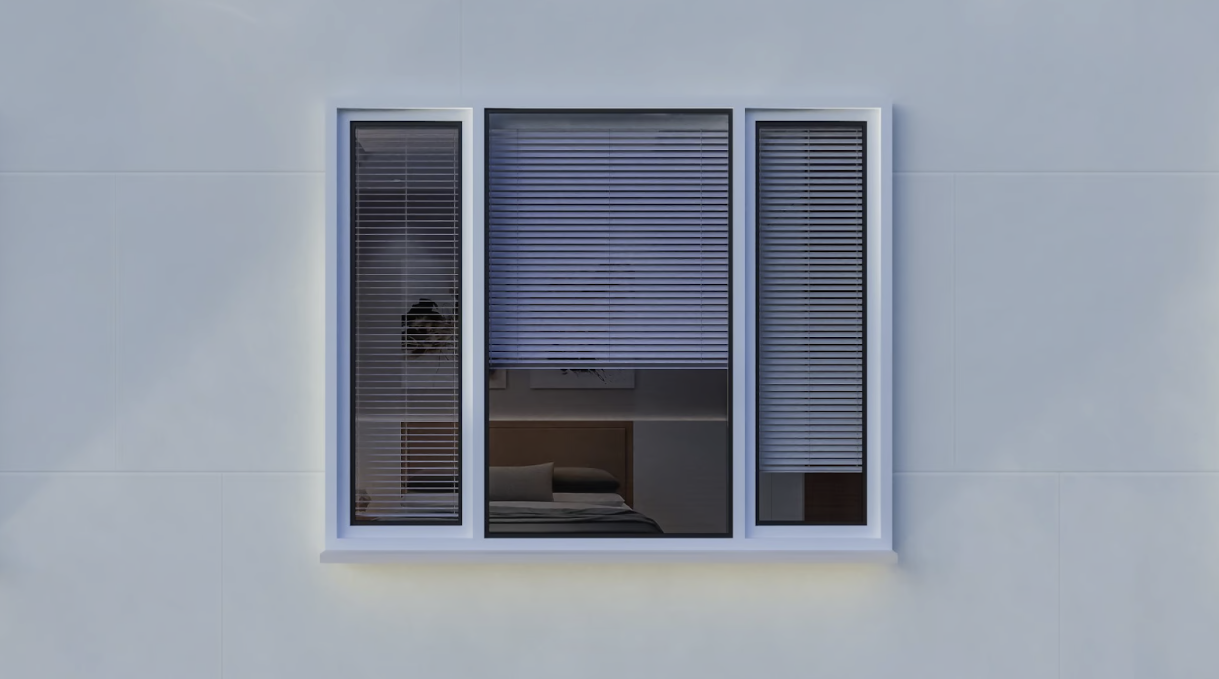How to Maximize Space Efficiency in Small Carriage House Designs?
Carriage houses have evolved from simple storage buildings into fully functional living spaces. Many homeowners are drawn to these compact structures for their versatility, charm, and potential as guest homes, rental units, or personal retreats. However, their smaller footprint presents the challenge of maximizing limited space. Designing a small carriage house requires creative solutions that maximize functionality while maintaining comfort.
A well-planned carriage house incorporates smart design choices that enhance livability without compromising style. Whether through clever storage, multi-functional furniture, or open layouts, every element should serve a purpose. We will explore how to maximize space efficiency in small carriage house designs, ensuring that every square foot is used effectively to create a comfortable and stylish environment. Consulting with tiny home and ADU building experts near me can provide valuable insights and customized solutions for those looking to maximize space while maintaining aesthetic appeal.
Ways to maximize space efficiency
1. Optimizing Floor Plans for Maximum Functionality
The layout of a carriage house plays a crucial role in space efficiency. An open-concept design can make a small space feel larger by eliminating unnecessary walls and allowing natural light to flow through the interior. Instead of compartmentalizing rooms, combining the living, dining, and kitchen areas into one seamless space enhances openness and flexibility.
Placing essential features along the home's perimeter leaves the central area open for movement and multi-functional use. A galley or L-shaped kitchen can efficiently fit along one wall without taking up excess space. Bedrooms and bathrooms should be positioned strategically to maintain privacy while maximizing usable square footage. Lofted sleeping areas or Murphy beds allow additional functionality without consuming floor space.
Efficient placement of windows and doors also contributes to a spacious feel. Large windows create the illusion of depth and allow for more natural light while sliding doors or pocket doors save space that traditional swinging doors would otherwise occupy. Careful planning makes even the most miniature carriage house feel open, airy, and highly functional.
2. Incorporating Multi-Functional Furniture and Built-In Storage
Furnishing a small carriage house requires a balance between comfort and practicality. Multi-functional furniture is essential in maximizing space efficiency. Pieces that serve dual purposes—such as a sofa bed, fold-out dining table, or ottoman with hidden storage—help conserve space while providing multiple functions.
Built-in storage is another crucial element in small carriage house designs. Custom cabinetry, under-bed compartments, and floor-to-ceiling shelving optimize storage capacity without taking up valuable floor space. Vertical storage solutions keep clutter off the floor while maintaining a clean and organized aesthetic.
Space-saving furniture, such as wall-mounted desks or extendable countertops, adds flexibility to the design. Foldable chairs and nesting tables can be stored when not in use, freeing up space for daily activities. Investing in furniture that adapts to various needs ensures that a small carriage house remains functional and comfortable.
3. Maximizing Natural Light and Airflow
Lighting plays a significant role in how spacious a home feels. A well-lit interior enhances the perception of space, making even a compact carriage house feel more open. Incorporating large windows, skylights, and glass doors allows natural light to flood the interior, reducing the need for artificial lighting and creating a warm, inviting atmosphere.
Strategic window placement not only brightens a room but also improves airflow. Cross-ventilation, achieved by placing windows on opposite sides of a room, enhances air circulation and keeps the interior feeling fresh. High ceilings with clerestory windows further amplify natural light while adding a sense of vertical space.
Choosing light-colored walls and reflective surfaces also enhances the brightness of a small carriage house. Mirrors placed opposite windows help bounce natural light throughout the room, creating a more expansive feel. These techniques contribute to an open and airy environment when combined with minimalistic decor.
4. Utilizing Outdoor Spaces as Extensions of the Home
Outdoor areas can effectively expand the living space of a carriage house. A well-designed patio, deck, or balcony extends the interior, providing additional room for relaxation and entertainment. By incorporating outdoor seating and dining options, homeowners can make use of every inch of their property.
Covered porches or pergolas create shaded areas that can be enjoyed year-round. Sliding or folding glass doors connect the indoor and outdoor spaces, making the transition feel natural and fluid. Adding outdoor storage, such as built-in benches with hidden compartments, further enhances functionality.
Landscaping choices can also impact the overall sense of space. Low-maintenance gardens and vertical planters add greenery without consuming too much yard space. Creating distinct outdoor zones—such as a fire pit area or a reading nook—maximizes usability while complementing the interior layout of the carriage house.
5. Choosing a Minimalist Approach to Design and Decor
Simplicity is key when designing a small carriage house. A minimalist approach helps prevent visual clutter, making the space feel more open and less crowded. Selecting a neutral color palette with occasional pops of color creates a cohesive and calming environment.
Streamlined furniture with clean lines contributes to an uncluttered aesthetic. Avoiding oversized furniture ensures that the proportions remain balanced, preventing the space from feeling cramped. Thoughtfully placed decorative accents, such as wall-mounted art or compact indoor plants, add personality without overwhelming the design.
Limiting unnecessary decor and prioritizing function over excess items helps maintain a spacious and organized atmosphere. Hidden storage solutions, such as built-in wall niches or recessed shelves, keep belongings out of sight while preserving an uncluttered look. A well-curated space remains visually appealing while offering maximum practicality.
Designing a small carriage house requires careful planning to ensure every square foot is used efficiently. By optimizing floor plans, incorporating multi-functional furniture, and maximizing natural light, homeowners can create a space that feels larger than its actual footprint. Thoughtful use of outdoor areas and a minimalist approach to decor further enhance livability, making the most of limited space.
A well-designed carriage house balances functionality and style, providing a comfortable and efficient living environment. With smart design choices, even the smallest spaces can offer versatility, practicality, and long-term value.






